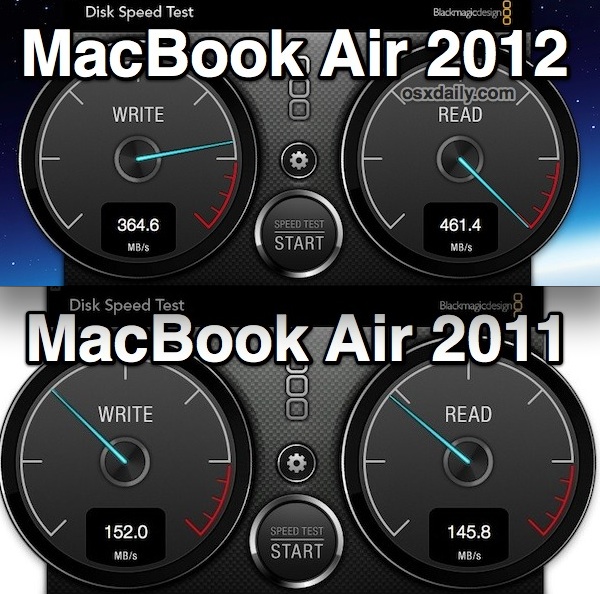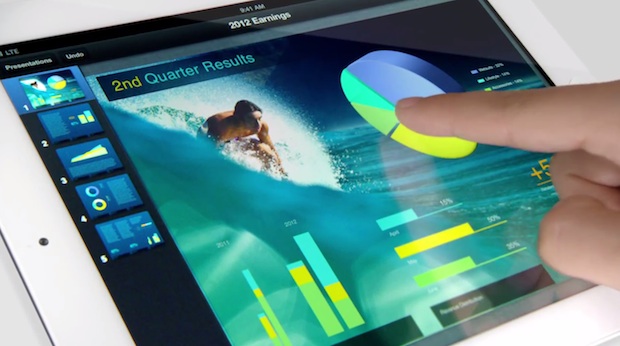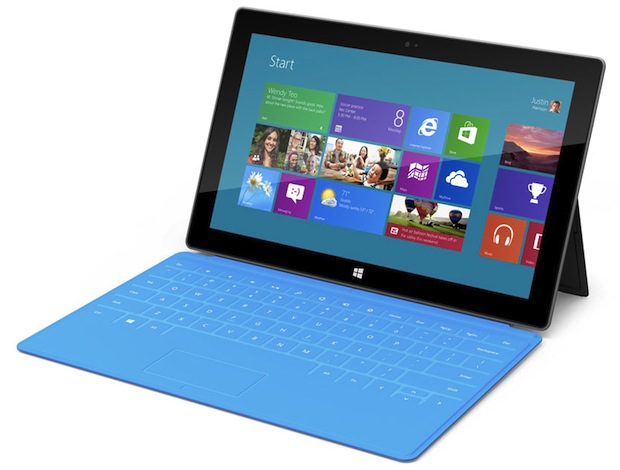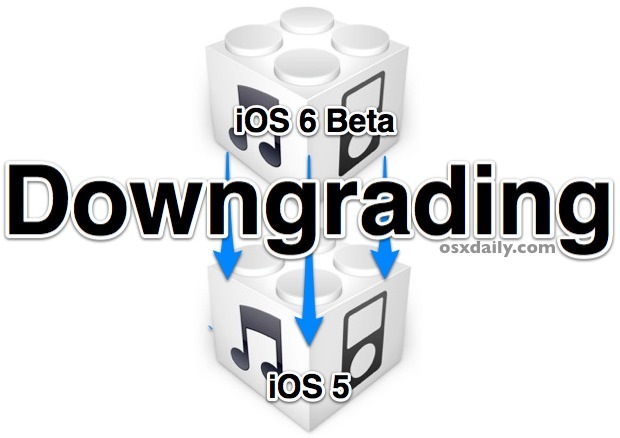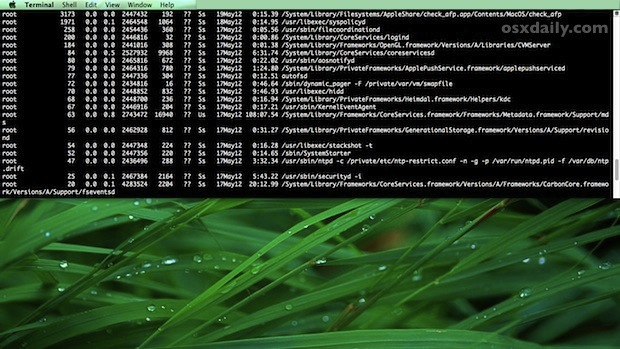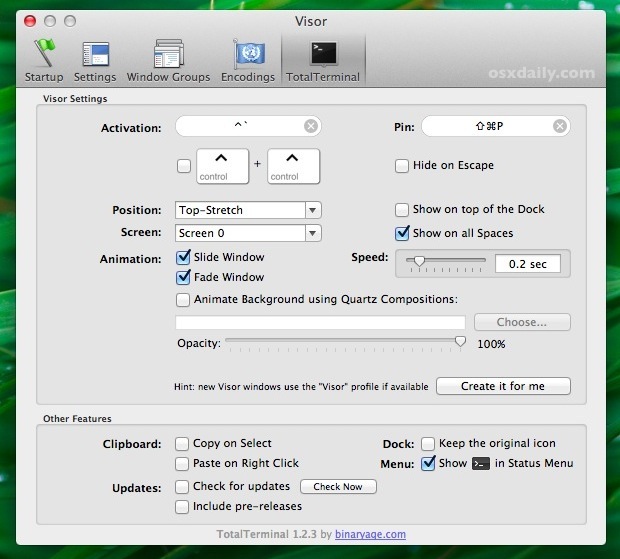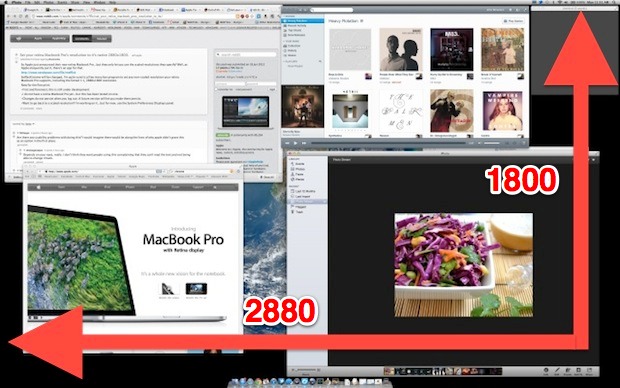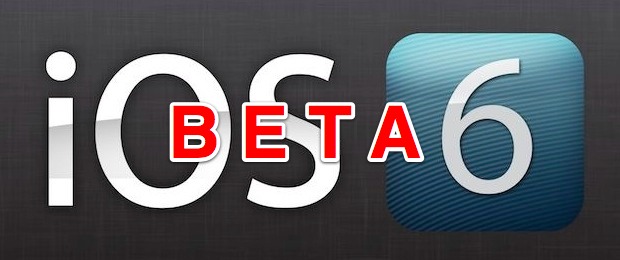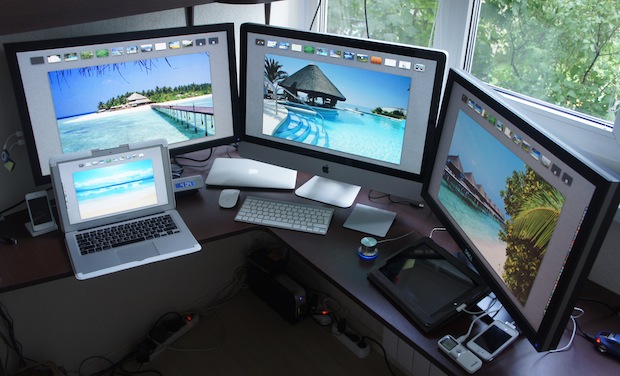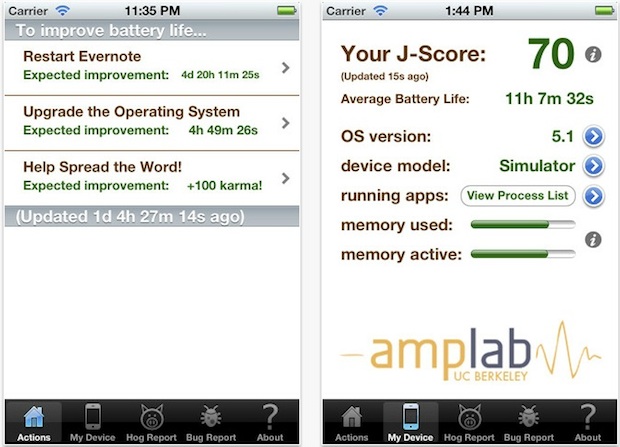Backing Up iPhone Contacts Without iTunes

Anytime you use iCloud or iTunes to back up an iPhone or iOS device, the Contacts will be backed up automatically assuming the default settings are preserved. If you want to store an additional backup outside of iTunes and iCloud however, by far the easiest way to do that is with Address Book.
This will create a portable vCard file that contains all contact information, this can be stored anywhere as a manual backup and it can also be sent to other devices and imported to other phones, operating systems, email clients, and much more.
- Launch Address Book from the Applications folder
- Pull down the “File” menu and go to “Export” and then to “Export vCard”
- Set the save destination and name the .vcf file something like “Contacts-Backup”
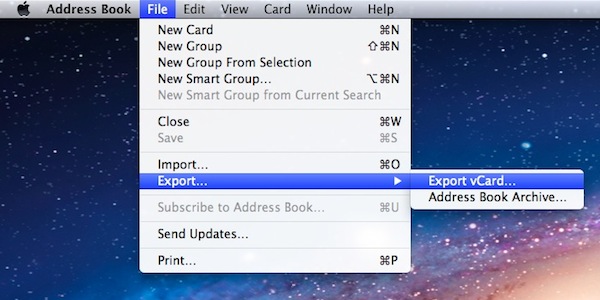
The file you just exported is the contacts list backup. The vCard format is widely accepted and can be imported into just about anything else while preserving all names, emails, phone numbers, and whatever other data you had entered.
In fact, if you attach the resulting .vcf file to an email and send it to another iOS device, Windows phone, or Android, you can actually transfer all the contacts to a new phone without using iTunes at all too. This is handy if you want to setup a new phone with only the contacts intact, are sharing contacts with a partner, or you are temporarily using another device and don’t want to manually sync it with a bunch of other stuff.
You can also easily send single contacts directly from iOS if you wish to back up a unique contact or just share it with someone else.

